Gait analysis devices, through highly sensitive pressure sensing systems, capture in real time the force exerted on different areas of the foot sole during walking, standing, or running. This allows for the analysis of plantar pressure distribution, gait rhythm, and foot structure issues, enabling the assessment of abnormalities such as flat feet.
1. Working Principle of Gait Analysis Devices:
Gait analysis devices use built-in high-precision pressure sensors and dynamic capture systems to record changes in pressure across different areas of the foot sole in real time during walking, standing, or running.
The device divides the foot sole into multiple zones, collecting data on pressure distribution at each moment, the movement trajectory of the center of pressure, and gait rhythm parameters.
With this data, it is possible to evaluate arch height, gait balance, force differences between the left and right foot, and determine the presence of flat feet, high arches, or abnormal gait patterns. Results are typically displayed in the form of plantar heat maps, dynamic waveforms, and gait curves.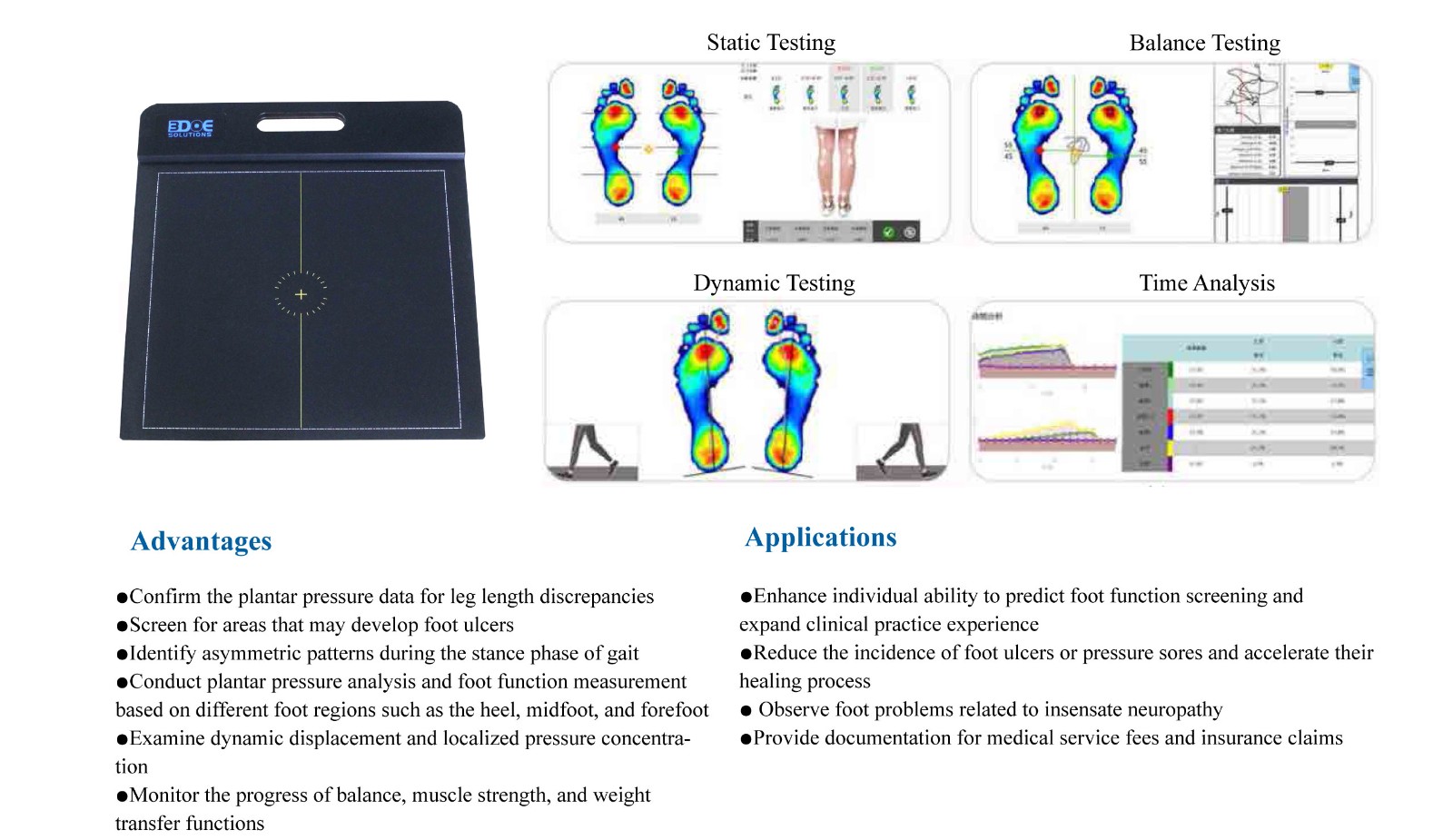
2. Flat Foot Identification Method:
Gait analysis devices identify flat feet mainly through plantar pressure distribution charts and the force condition in the arch region.
When the arch collapses or is low, the medial sole (i.e., the arch area) shows a significantly increased contact area with the ground during standing or walking. The pressure distribution becomes more uniform, lacking the normal "hollow zone" of a healthy arch.
The device dynamically collects the user’s foot pressure trajectory during walking and generates heat maps and center-of-pressure tracking lines, clearly displaying whether the arch is missing or whether pressure is concentrated on the medial edge.
In addition, the device evaluates foot pronation or supination during gait to further assist in determining the flat foot type (flexible or rigid).
By comparing with standard templates, the system can automatically generate an assessment report to help users or doctors determine whether flat feet are present and their severity, facilitating the adoption of corrective insoles, exercise training, or medical intervention.
3. Advantages of Using Gait Analysis Devices:
Using gait analysis devices offers advantages such as high precision, full dynamic tracking, and non-invasive evaluation.
Traditional foot examinations are mostly static observations, while gait analysis devices can capture real-time pressure changes at each phase of foot movement during actual walking, including center-of-pressure trajectory, gait rhythm, and bilateral coordination, comprehensively reflecting foot function status.
With multi-point sensor systems and thermal imaging technology, the device can quickly identify flat feet, high arches, overpronation, and unstable gait, providing quantitative data to improve the scientific accuracy and reliability of diagnosis. Moreover, the system can generate detailed evaluation reports to support the development of personalized correction plans, such as custom insole design, gait training, or rehabilitation guidance, offering precise and traceable foot health management tools for doctors, therapists, and consumers.

 +86-0755-86131192
+86-0755-86131192 2025-07-18
2025-07-18 Back to list
Back to list
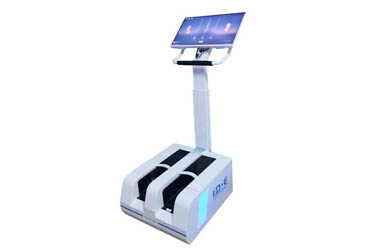
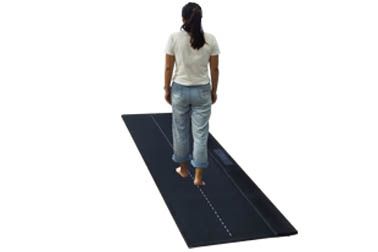
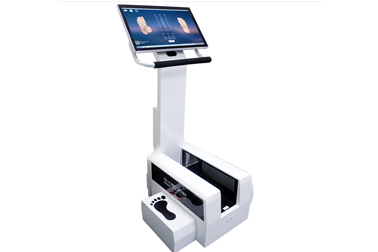
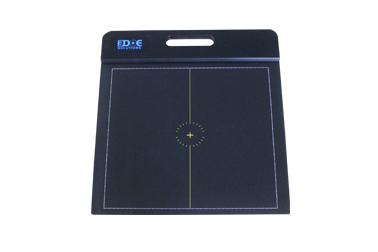



 +86-0755-86131192
+86-0755-86131192